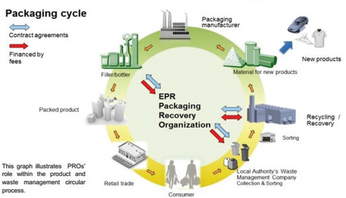Roll-to-Roll Manufacturing of Advanced Touch Panel Devices
Presented by Dr. Neil Morrison, Applied Materials GmbH & Co. KG
In recent years the growth of the display industry has been significantly enhanced by the explosive proliferation of touch screen based mobile devices to the consumer electronics market. The success of these, now almost ubiquitous, Touch Screen Panels (TSP’s), has in part been enabled by the availability of proven manufacturing solutions such as the SmartWeb® and ARISTOTM platforms from Applied Materials, both of which have been designed to meet the strict optical and electrical requirements provided by the touch panel manufacturing industry. Today’s touch screen manufacturers have worked tirelessly to enhance their product portfolios with larger, lighter and more reliable TSPs demonstrating improved electrical and optical performance originating from improvements in transmittance, patterning invisibility, sunlight readability and color fastness. Applied Materials offers continuously improved manufacturing platforms to meet this demand for each of the principal TSP technologies (including capacitive, resistive and surface acoustic wave) as well as the capability of supporting even the most complex of integration schemes (inclusive out-cell, on-cell and in-cell). A wide variety of different deposition processes are utilized during the manufacture of both film and glass based touch panel devices. These include the deposition of diffusion barrier films, passivation films, metal contacts, optical index matching films and transparent conductive oxides (TCO’s). Complex layer stacks are also required to enhance the optical performance of the device (especially on non-glass based substrates) to meet the ever evolving requirements for fully integrated, invisible and reliable next generation TSP’s. In particular, this has driven the development of very low resistivity TCO’s deposited under low thermal budget conditions for low glass transition temperature film based devices. Roll-to-Roll (R2R) production of thin film based TSP’s combine the advantages of the use of inexpensive, lightweight & flexible substrates with high throughput production. Significant cost reduction opportunities can also be found in terms of processing tool capital cost, utilized substrate area and process gas flow when compared with batch processing systems. Nevertheless, material handling, patterning and yield issues have limited widespread utilization of R2R manufacturing within the electronics industry. Challenges also exist in terms of the deposition technologies used in R2R manufacture of these devices. Unlike traditional semiconductor or display based cluster tool platforms, R2R systems require to process substrates in a continuous fashion with rolls up to several kilometers in length. Depending upon the process itself, this imposes a limitation in terms of the mean time before cleaning and in some cases the particle management strategy. This has led to the implementation of “sputter up” configurations in PVD tool designs. This paper therefore describes latest advances in R2R PVD processing for advanced TSP production, specifically highlighting enhancement in active layer stack electrical, optical and environmental performance necessary to enable the next generation of film based TSP devices.
This post is for paying members only
SubscribeAlready have an account? Log in

